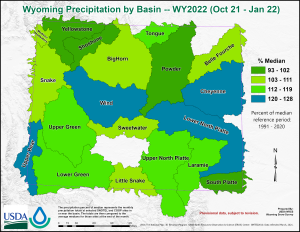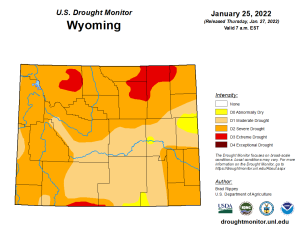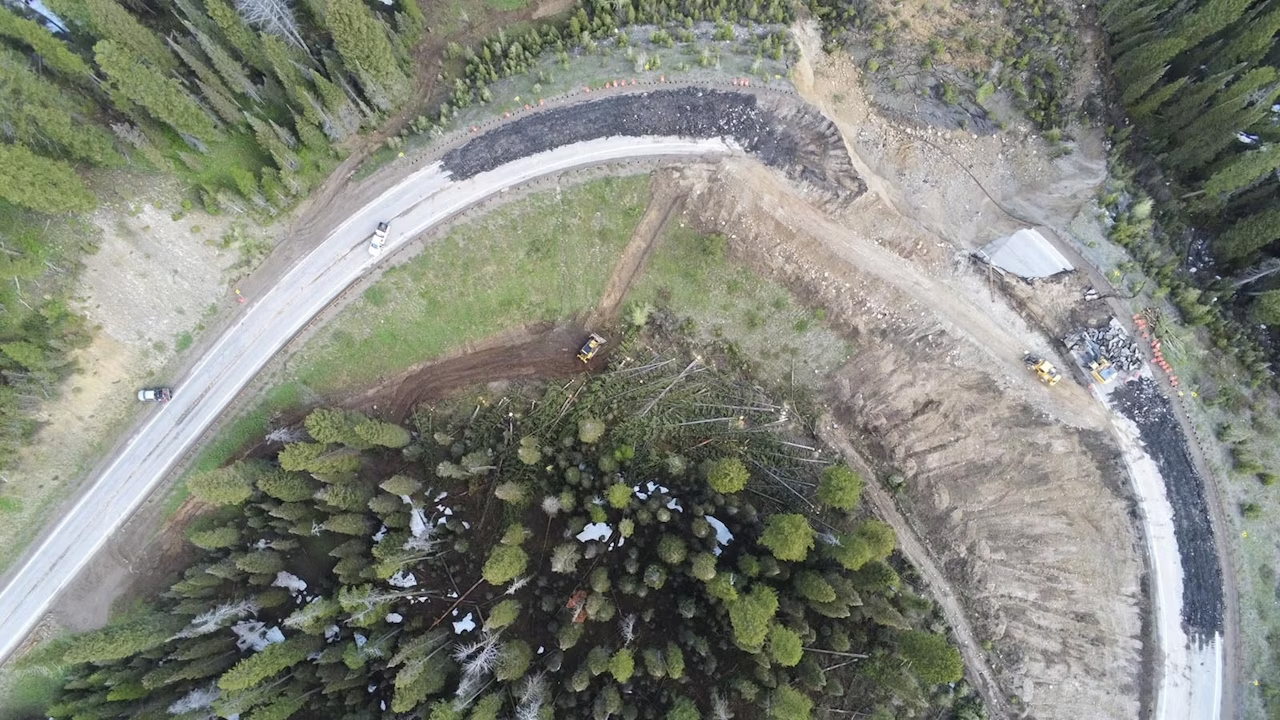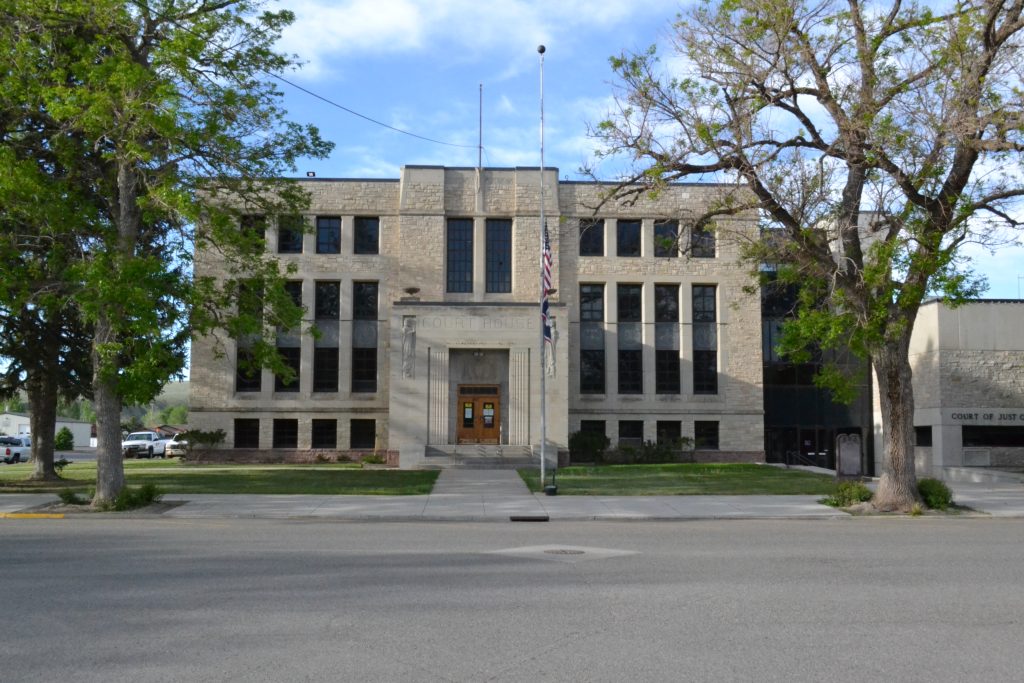Wyoming Spring Runoff Predictions Cautiously Optimistic
Written by Andrew-Rossi on February 9, 2022
Winter weather conditions leave Wyoming with above-average precipitation, below-average snowpack, and a good chance but no guarantee of average spring runoff.
The Natural Resources Conservation Service has released its Wyoming Water Supply Outlook for February 2022. The report is a hydrologic forecast based on the weather, climate, and snowpack across the state.
Numbers in the report are as up-to-date as possible. The report – released on Tuesday, Jan. 8 – includes the “end of the day” snow water equivalent numbers for all Wyoming basins as of Feb. 7.
Overall, Wyoming is experiencing a decrease in median snowpack levels and an increase in precipitation at this point in 2022.
January 2022 proved to be a disappointing month for snowpack in Wyoming. According to the report, snow water equivalents (S.W.E.s) decreased 20% to 30% in January due to a lack of significant mountain snowfall.
But it wasn’t all bad. Several watersheds, particularly in eastern and southeastern Wyoming, saw a slight increase in S.W.E.s during the same period.
According to the report, Wyoming snowpack/S.W.E.s trends should continue to be influenced by La Nina meteorological conditions this winter.
Historically, La Nina-type conditions favor above-average snowpack conditions across northern Wyoming. La Nina water years also drives general above-average snowpack/S.W.E.s for Wyoming as a whole.
Overall, most of Wyoming is experiencing higher precipitation to start the year, which is lessening severe drought – but not ending it.
Median percentages of precipitation were over 90% in every watershed in the state, with many reporting higher-than-average precipitation.
However, January was once again disappointing in its impact. For example, the Madison Headwaters at the northwest corner of Yellowstone National Park got less than 52% of its median precipitation in January.
Of the 19 basins within the state, 14 basins reported below-average January precipitation.
“Moderate to severe drought conditions continue for a majority of basins in Wyoming. There have been some gradual improvements in drought conditions in the past three months—especially for basins across northern and southern Wyoming,” the report reads.
In October 2021, significant portions of the state – including most of Park County – were in extreme drought. However, in January 2022, many of these areas were wet enough to be categorized as under severe drought.
It’s not much improvement, but still an improvement.
Unfortunately, drought relief is not anticipated this spring. Instead, the N.R.C.S. predicts drought will persist in most of Wyoming. Fortunately, the state’s northwest corner may see some improvement – but it’s the only area with such a forecast.
Winter isn’t over, but it will need to get and stay snowy if the state wants a wetter spring and summer.
“The latest water supply outlook indicates that there will be near median average streamflow volumes across most of Wyoming during the upcoming spring runoff,” the discussion reads. “However, there is still much uncertainty in the final snowmelt runoff volumes mainly due to the uncertainty of the snowpack/S.W.E. trends during the rest of the winter as well as the timing and the amount of spring precipitation.”
Spring snowpack is particularly important for eastern Wyoming, which receives most of its yearly moisture from runoff between April and June.






